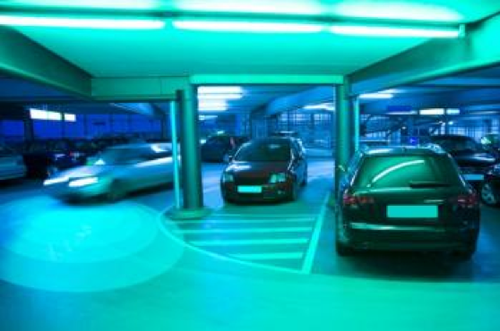ShadowCam Makes Autonomous Cars Safer

To improve the safety of autonomous systems, MIT engineers have developed a system that can sense tiny changes in shadows on the ground to determine if there’s a moving object coming around the corner. Autonomous cars could one day use the system to quickly avoid a potential collision with another car or pedestrian emerging from around a building’s corner or from in between parked cars. In the future, robots that may navigate hospital hallways to make medication or supply deliveries could use the system to avoid hitting people. In a paper being presented at next week’s International Conference on Intelligent Robots and Systems (IROS), the researchers describe successful experiments with an autonomous car driving around a parking garage and an autonomous wheelchair navigating hallways. When sensing and stopping for an approaching vehicle, the car-based system beats traditional LiDAR — which can only detect visible objects — by more than half a second. since this system, called “ShadowCam,” uses computer-vision techniques to detect and classify changes to shadows on the ground. Currently, the system has only been tested in indoor settings. Robotic speeds are much lower indoors, and lighting conditions are more consistent, making it easier for the system to sense and analyze shadows.

In a test, the researchers implemented ShadowCam in an autonomous car in a parking garage, where the headlights were turned off, mimicking nighttime driving conditions. They compared car-detection times versus LiDAR. In an example scenario, ShadowCam detected the car turning around pillars about 0.72 seconds faster than LiDAR. Moreover, because the researchers had tuned ShadowCam specifically to the garage’s lighting conditions, the system achieved a classification accuracy of around 86 percent. Researchers are developing the system further to work in different indoor and outdoor lighting conditions. In the future, there could also be ways to speed up the system’s shadow detection and automate the process of annotating targeted areas for shadow sensing. This work was funded by the Toyota Research Institute.
For more detail, please click here.
